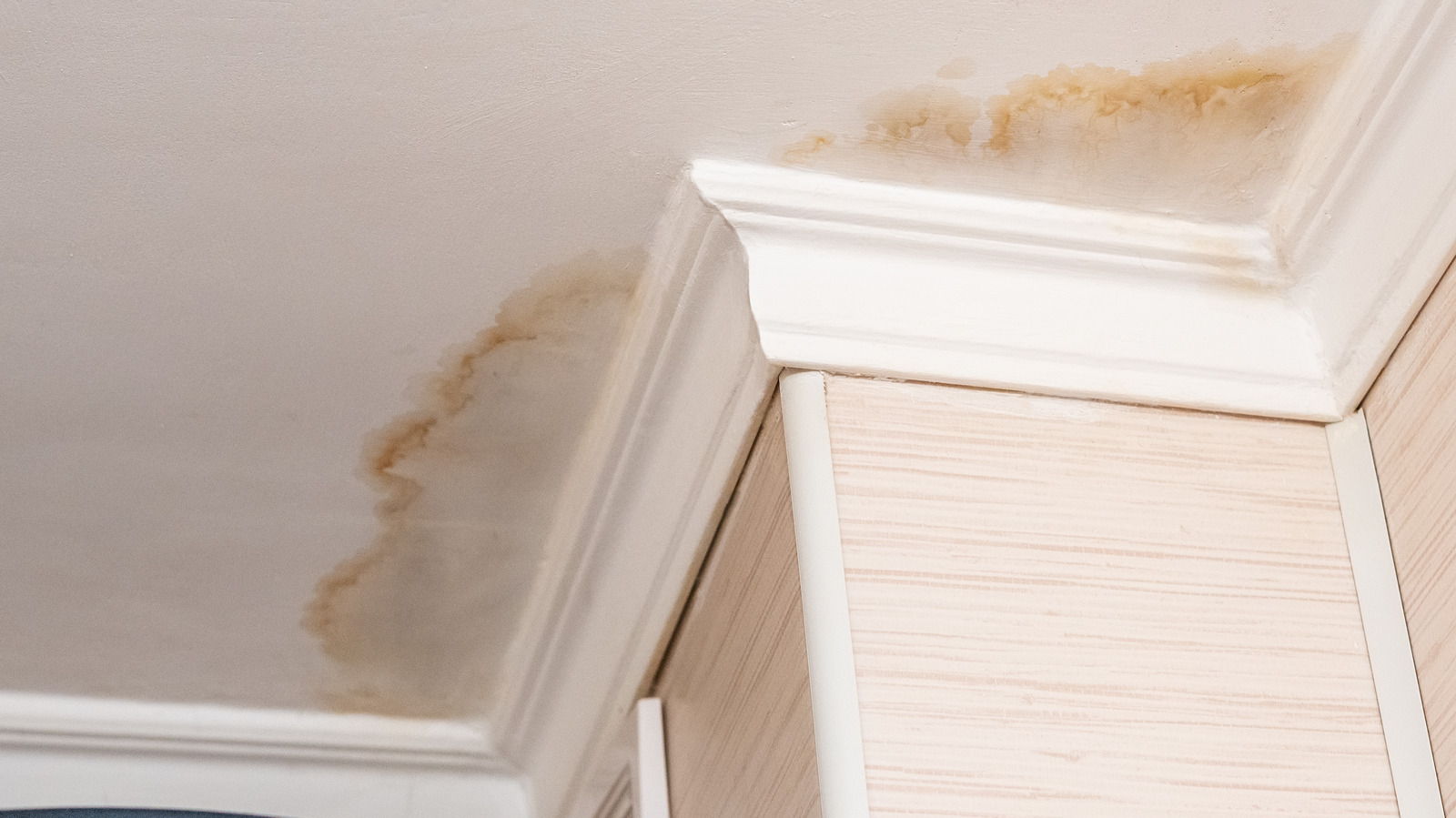Water damage can be a nightmare for homeowners. It can cause costly repairs, disrupt your life, and even pose health hazards. But there are steps you can take to protect your home from water damage. In this section, we will discuss essential water damage prevention tips that can help you safeguard your property from potential water-related issues.
By implementing these tips, you can avoid the stress and expense associated with water damage. Whether you are a new homeowner or a seasoned veteran, it is never too late to take action and protect your home. Let’s dive in!
Key Takeaways
- Water damage prevention is crucial for protecting your home and minimizing costly repairs.
- By identifying potential problem areas, you can proactively prevent water damage before it becomes a major issue.
- Maintaining your gutters and downspouts can prevent water accumulation and damage to your home’s foundation.
- Properly sealing and insulating your home can prevent water infiltration and maintain a dry living environment.
- Regularly inspecting your plumbing and fixing leaks promptly can prevent extensive water damage.
Identify Potential Problem Areas
To prevent water damage, it’s crucial to recognize potential problem areas in your home. Some areas are more susceptible to water damage than others, and identifying them early on can help you take preventive measures to avoid costly repairs. To help you get started, here are some common problem areas to look out for:
| Problem area | Risk | Preventive measures |
|---|---|---|
| Basements | High risk due to below-ground location | Waterproof walls and floors, install a sump pump, seal any cracks or gaps |
| Roofs and attics | Exposed to weather elements, poor ventilation | Regularly inspect roof for damage, clean gutters and ensure proper ventilation |
| Bathroom and kitchen | Water usage and moisture buildup | Ensure proper ventilation, inspect plumbing regularly, fix any leaks promptly |
| Crawl spaces | Low ventilation, high humidity | Install vapor barrier, ensure proper ventilation, inspect for mold growth |
By recognizing these potential problem areas, you can take preventive measures to avoid water damage. It’s also important to keep an eye out for any signs of water damage, such as water stains, mold growth, or musty odors. Catching these issues early on can save you a lot of trouble in the long run.
Maintain Your Gutters and Downspouts to Prevent Water Damage
One of the most important steps in water damage prevention is to regularly maintain your gutters and downspouts. These important components of your home’s exterior help direct rainwater away from your foundation, preventing water accumulation and potential damage to your property.
Over time, gutters and downspouts can become clogged with leaves, dirt, and debris, which can cause water to overflow and accumulate near your home’s foundation. This can lead to water damage, mold growth, and even structural issues, which can be costly to repair.
To prevent these issues, it’s essential to maintain your gutters and downspouts by:
- Cleaning them at least twice a year, preferably in the spring and fall.
- Checking for any damage, such as cracks or holes, and repairing them promptly to ensure proper function.
- Ensuring that downspouts are properly connected and directing water away from your foundation.
| Benefits of maintaining your gutters and downspouts: |
|---|
| Prevents water damage: By directing rainwater away from your foundation, you can prevent water from accumulating and potentially causing damage to your property. |
| Protects your home’s foundation: Properly functioning gutters and downspouts help protect your home’s foundation from water-related issues that can be costly to repair. |
| Reduces the risk of mold growth: Mold thrives in damp environments, so keeping water away from your home’s foundation can help reduce the risk of mold growth. |
By maintaining your gutters and downspouts, you can help protect your home from water damage and ensure a dry and secure living environment for you and your family.
Seal and Insulate Your Home to Prevent Water Damage
Proper sealing and insulation are crucial to prevent water damage in your home. By sealing gaps and insulating your walls, floors, and ceilings, you can prevent water infiltration and potential damage to your property.
One of the most common areas of a house that requires sealing is windows and doors. If not properly sealed, rainwater can seep through these gaps and cause damage to the walls and floors. Inspect your windows and doors regularly and seal any gaps or cracks with caulk or weatherstripping.
Another critical area that requires insulation is your attic. Inadequate insulation can lead to ice dams, which can cause water to seep through the roof and into your home. Make sure your attic is well-insulated and that the insulation is in good condition.
It’s also important to insulate your pipes to prevent them from freezing and bursting during winter. Wrap your pipes with insulation to keep them warm and prevent them from cracking due to freezing temperatures.
Here are some additional tips for properly sealing and insulating your home:
- Use foam insulation to fill gaps around pipes, vents, and electrical wires.
- Seal gaps and cracks around your foundation with hydraulic cement.
- Install a sump pump in your basement to prevent water from accumulating and causing damage.
By properly sealing and insulating your home, you can minimize the risk of water damage and ensure that your property remains safe and secure.
Regularly Inspect Plumbing and Fix Leaks Promptly
Inspecting your plumbing system is crucial to prevent water damage in your home. Regular maintenance can help you identify potential issues before they become major problems. Make sure to inspect your pipes, faucets, and appliances that use water to ensure they are in good condition.
If you notice any leaks, it’s essential to fix them promptly. Even small leaks can cause significant damage over time, leading to mold growth and water damage. Addressing leaks early on can save you from costly repair bills in the future.
It’s also important to pay attention to your water bill. A sudden increase in your water bill can indicate a leak that you may not be able to see. If you notice any unusual increases in your water usage, it’s best to investigate the source promptly.
By regularly inspecting your plumbing system and fixing leaks promptly, you can prevent water damage and maintain a safe, dry living environment.
Conclusion
In conclusion, protecting your home from water damage is crucial in avoiding costly repairs. By implementing the essential water damage prevention tips discussed in this article, you can safeguard your property and minimize the risks of water damage.
Identifying potential problem areas in your home and taking proactive steps to address them can prevent water damage before it becomes a major issue. Maintaining your gutters and downspouts by keeping them clean and in good working condition can help prevent water accumulation and potential damage to your home’s foundation.
Sealing and insulating your home is also essential in preventing water infiltration and potential damage. Additionally, regularly inspecting your plumbing system and promptly fixing any leaks can prevent extensive water damage.
By taking these steps to protect your home, you can ensure a safe and secure living environment for you and your family. Don’t wait until it’s too late to prevent water damage – start implementing these tips today and enjoy peace of mind knowing your home is protected.
FAQ
What are water damage prevention tips?
Water damage prevention tips are strategies and actions that homeowners can take to protect their homes from water damage. These tips help minimize the risks of costly repairs and ensure the safety and longevity of your property.
Why is water damage prevention important?
Water damage prevention is important because water can cause significant damage to homes, leading to structural issues, mold growth, and other hazards. By implementing prevention measures, you can avoid these risks and maintain a secure living environment.
How can I identify potential problem areas for water damage?
To identify potential problem areas, you should inspect your home for signs of water intrusion, such as water stains, musty odors, or dampness. Pay attention to areas near windows, roofs, basements, and plumbing fixtures, as these are common areas susceptible to water damage.
How do I maintain my gutters and downspouts to prevent water damage?
To maintain your gutters and downspouts, you should regularly clean them to remove debris and ensure proper water flow. Additionally, check for any leaks or damage and repair them promptly. Proper maintenance will prevent water accumulation and potential damage to your home’s foundation.
Why is sealing and insulating my home important for water damage prevention?
Sealing and insulating your home helps prevent water infiltration, keeping your living spaces dry and secure. By sealing gaps around windows, doors, and other openings, and insulating your walls and attic, you can minimize the risks of water damage and improve energy efficiency.
How often should I inspect my plumbing system for water damage prevention?
It is recommended to inspect your plumbing system at least once a year for water damage prevention. Regular inspections allow you to identify any leaks or issues early on and address them promptly, avoiding potential water damage to your home.
What should I do if I find a leak in my plumbing system?
If you find a leak in your plumbing system, it is important to fix it promptly. Turn off the water supply to the affected area and contact a professional plumber to repair the leak. Taking immediate action can prevent further water damage and minimize repair costs.







